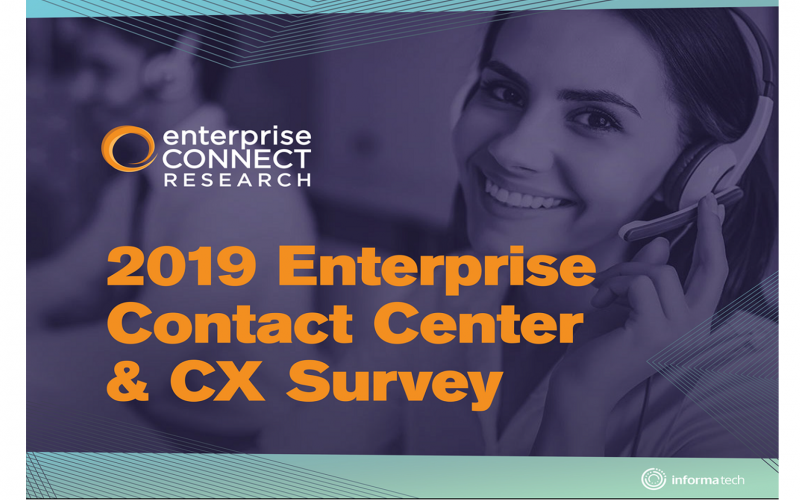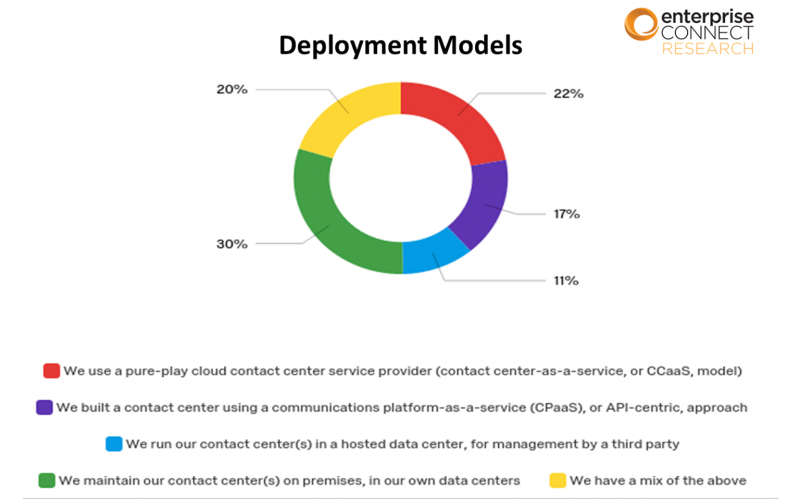How Much Do You Care about CX?
Not surprisingly, nearly 86% of our respondent base said that providing optimal customer experience is important to highly important to their businesses. However, our results show there’s some room for improvement. As part of the survey, we asked respondents to rate how happy they are with the customer experiences they’re able to deliver through their contact centers. They did so using a 1-to-5 scale from very unhappy to very happy. Only 22% of respondents gave themselves a 5, indicating they couldn’t be happier with the work they’re doing on the customer experience front. Close to half of respondents (48%) suggested they’re almost there, with a 4 rating. But 16% indicated they were unhappy or very unhappy.
Looking at responses by roles, we can see that respondents with direct or indirect responsibility for managing contact center agents are generally happier than the overall respondent base with the customer experience provided. Of this smaller group of contact center professionals, 60% gave their organizations a 4, while 10% gave their organizations a 5.
We asked respondents to give us all the reasons for their happiness or unhappiness in this area, and as you can see above, outdated technology was the top source of unhappiness, identified by 51% of respondents to this question. Having a sufficient, balanced staff was the top source of happiness, reported by 53% of respondents. Note that for every source of unhappiness, the opposite provides a source of happiness, as the blue arrows show in the above slide. For example, those with outdated technology are unhappy with the customer experience their contact center provides, while those who use advanced technology are happy.
Some respondents provided additional insight into their happiness level. One respondent attributed being able to provide customers with “personalized tailored service” as a reason to be happy, while another respondent said an environment that had stagnated led to an unhappy rating. Other one-off sources of unhappiness include a lack of some basic features in a cloud solution compared to what is available on prem, a poor non-redundant network infrastructure, and the cost and time that goes with making contact center changes due to vendor dependency.











